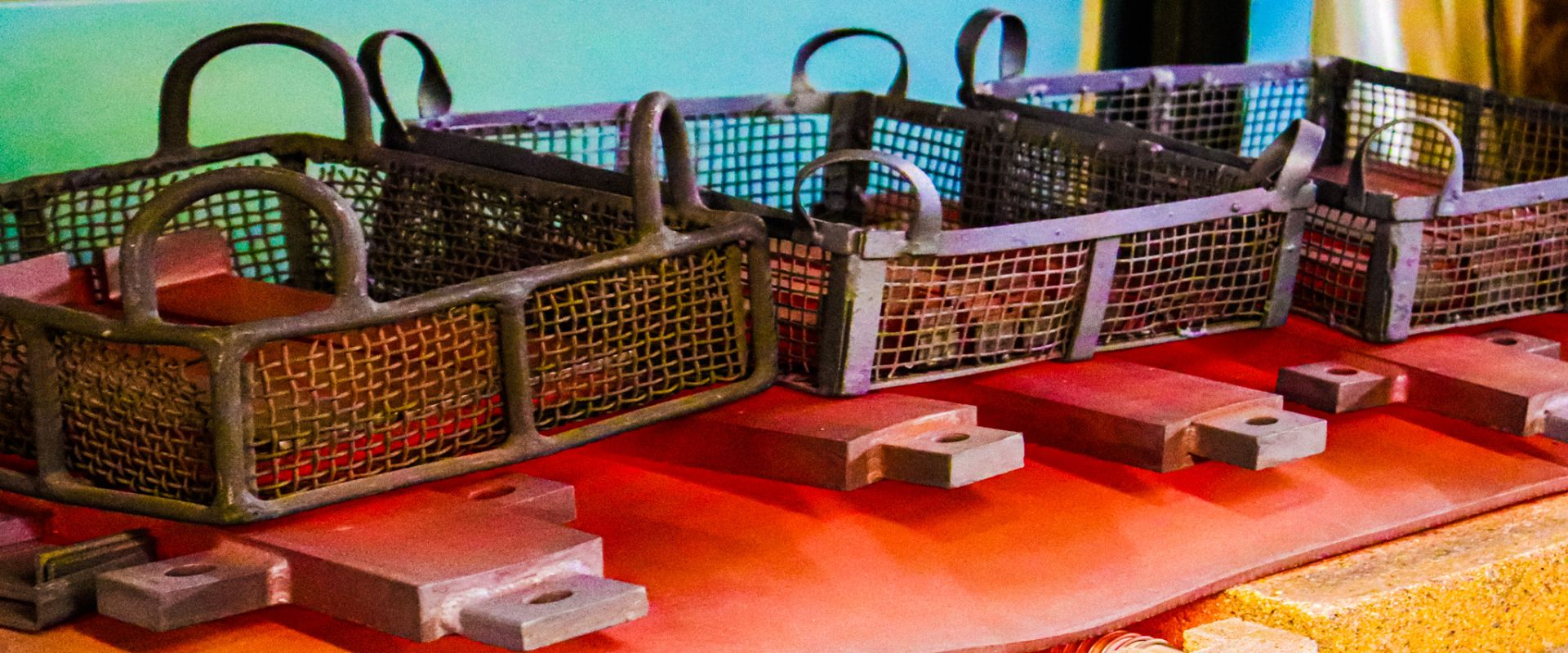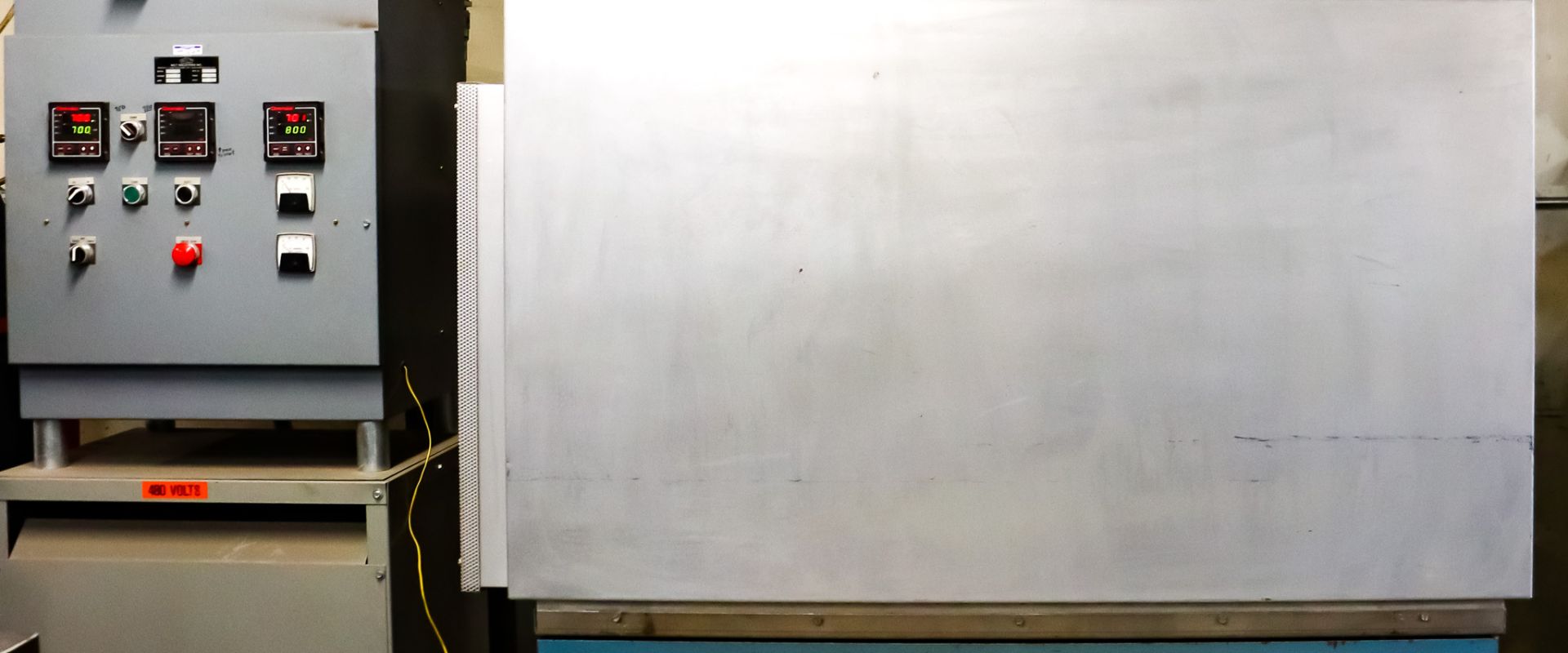
What is Heat Treating?
What is Heat Treating?
AN ESSENTIAL PART OF
THE MANUFACTURING PROCESS.
Electro-Metrics Corporation has the ability to provide quick turn-around service for all of your heat treating needs.
Heat treatment can be used at different stages in the manufacturing process to change certain properties of that material. For example, we might use heat treatment to make a part stronger, harder, more durable, or more ductile, depending on what the material needs in order to perform properly.
What We Can
Do for You
Electro-Metrics’ heat treatment operations are run by some of the best engineers and technicians in the industry, with the experience & expertise needed for quick-turnaround of top-quality products. We are able to provide our customers with the following services:
-
Calibrated for Temp.
Accuracy and Uniformity
-
Oven Chamber Capacity:
24 x 36 x 24
-
Controllable Internal
Inert Atmosphere
-
Programmable Time & Temp. Controls with Recorder
How Does it Work?
In order to achieve the desired effect, the material is heated up to a specified temperature, held at that temperature for a certain amount of time, and then cooled. While it’s hot, the material’s physical structure changes, changing its physical properties. The length of time the material is heated for is called the ‘soak time.’ The length of soak time plays an important role in the characteristics of a material, as material soaked for a long amount of time will see different changes in its physical structure than material soaked for a shorter period of time.
The cooling process after the soak time also plays a part in the end result. The material may be cooled quickly, which is called quenching, or slowly in the furnace. The combination of the soak temperature, soak time, cooling temperature, and cooling duration all create the desired properties in a material (metal or alloy). Some metals may even be treated multiple times.
Common Types of Heat Treatment
There are several types of heat treatment processes, including annealing, normalizing, quenching, tempering, and case hardening. Each of these processes has a specific purpose and can be used to achieve different properties.
Have Questions?
Annealing
Annealing involves heating the material to a specific temperature and then cooling it slowly to make it softer and more ductile. This process reduces internal stress and improves the material’s machinability.
Case Hardening
Case hardening is a process of heating the surface of the material and then quenching it to create a hard outer layer while leaving the interior of the material relatively soft and ductile. This process is used to improve wear resistance and fatigue life in components such as gears, bearings, and shafts.
Tempering
Tempering is a process of heating the material after quenching to a specific temperature and then cooling it to a specific rate to reduce its brittleness and increase its toughness. This process makes the material more ductile and less brittle, making it suitable for applications that require high toughness, such as automotive parts and machine components.
Quenching
Quenching involves rapidly cooling the material in a liquid such as water or oil to increase its hardness and strength. This process creates a hard and brittle material that is suitable for cutting tools, gears, and other components that require high wear resistance.
Normalizing
Normalizing is similar to annealing, but the material is cooled in air instead of slowly, resulting in a harder and stronger material. This process is often used to improve the material’s mechanical properties.
Hardening
Hardening is a heat treatment process that involves heating the material to a high temperature, then rapidly quenching it in a liquid medium, such as oil or water. This rapid cooling causes the material to become very hard and brittle, with high strength and wear resistance. Hardening is often used to produce cutting tools, gears, and other components that require high wear resistance.

